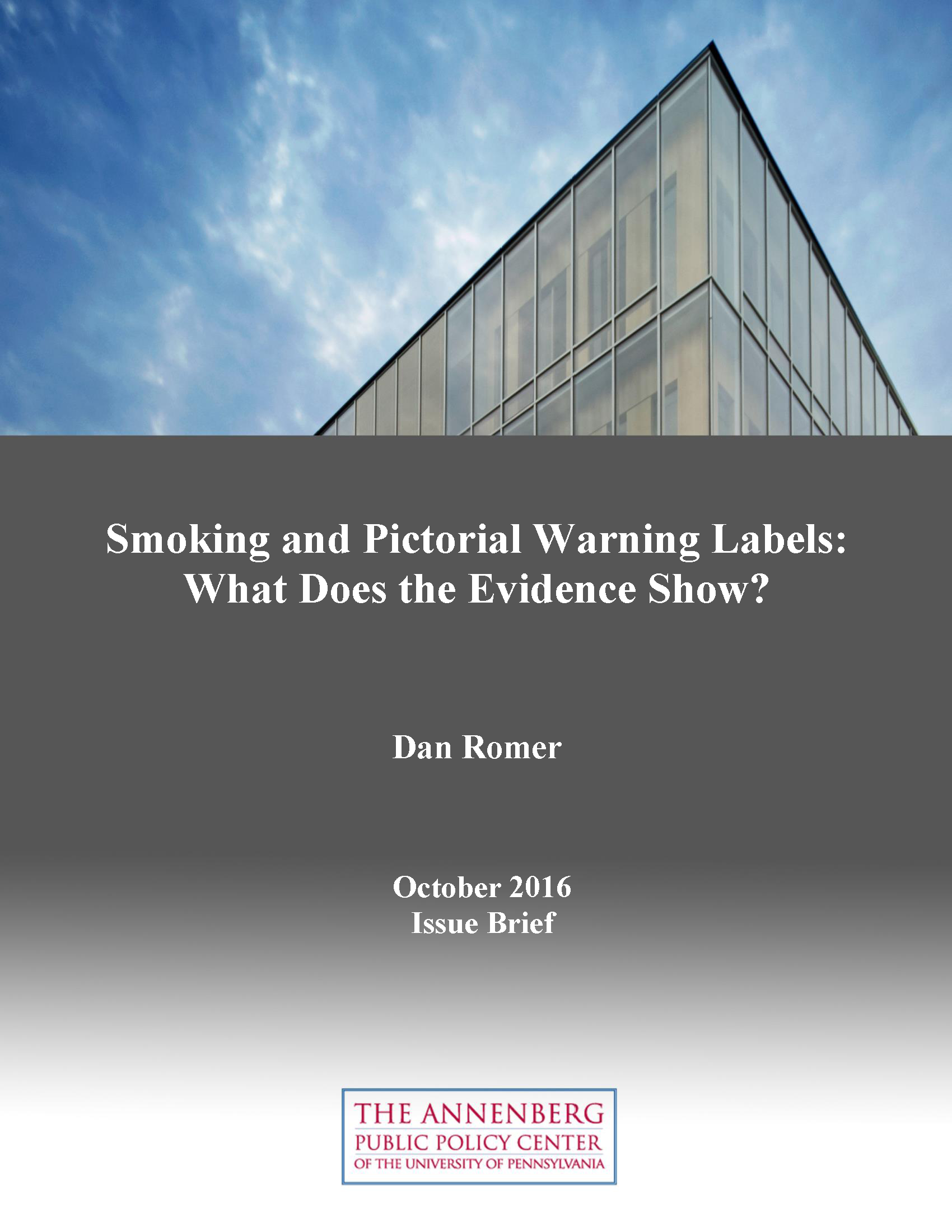
Abstract
Tobacco use is the leading preventable cause of death in the United States, and cigarette smoking is responsible for more than 480,000 deaths annually. In 1966, the United States became the first nation to mandate warning labels on cigarette packs, but it has since fallen behind much of the world. The U.S. has not changed the four text warnings on the side of cigarette packs since 1984. In 2000-01, Canada became the first nation to implement graphic or pictorial warning labels (GWLs or PWLs), which by 2014 had been adopted by at least 77 nations, according to the Canadian Cancer Society. These warnings covered half of the front and back of cigarette packs with both a text message and a picture illustrating the warning in the text. Although the U.S. Congress mandated nine health messages and pictorial warnings in the 2009 Family Smoking Prevention and Tobacco Control Act, efforts to implement the labels by the Food and Drug Administration (FDA) have been stymied by tobacco-industry court challenges.
For more than a decade, the Annenberg Public Policy Center (APPC) has conducted research into the use of PWLs on cigarette packages as a means to highlight the risks of this product. This research was initially conducted to encourage the US to implement pictorial warnings as was first done in Canada. With the passage of legislation mandating the use of pictorial warnings in 2009, APPC’s research has focused on identifying the active ingredients that make these warnings effective.


